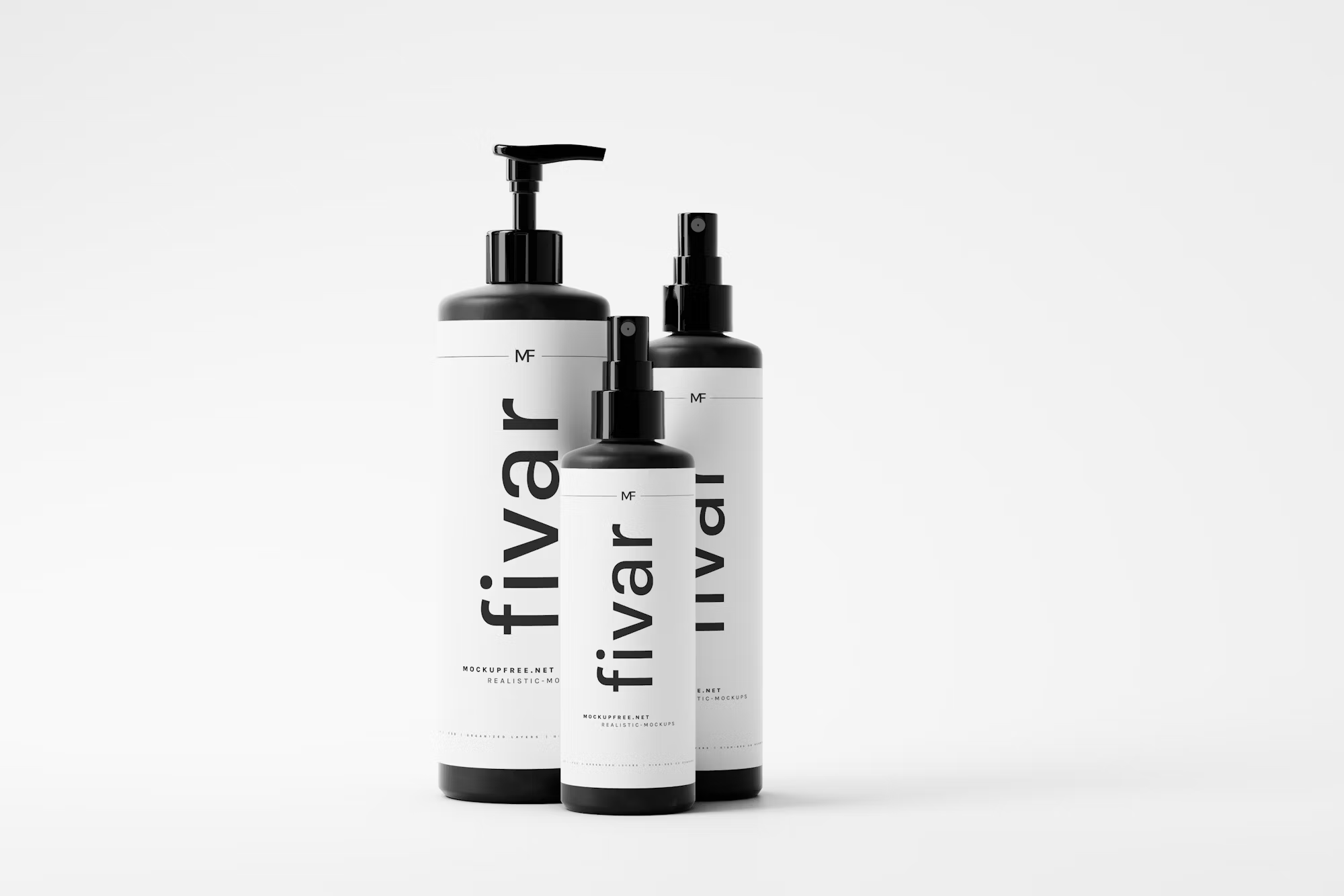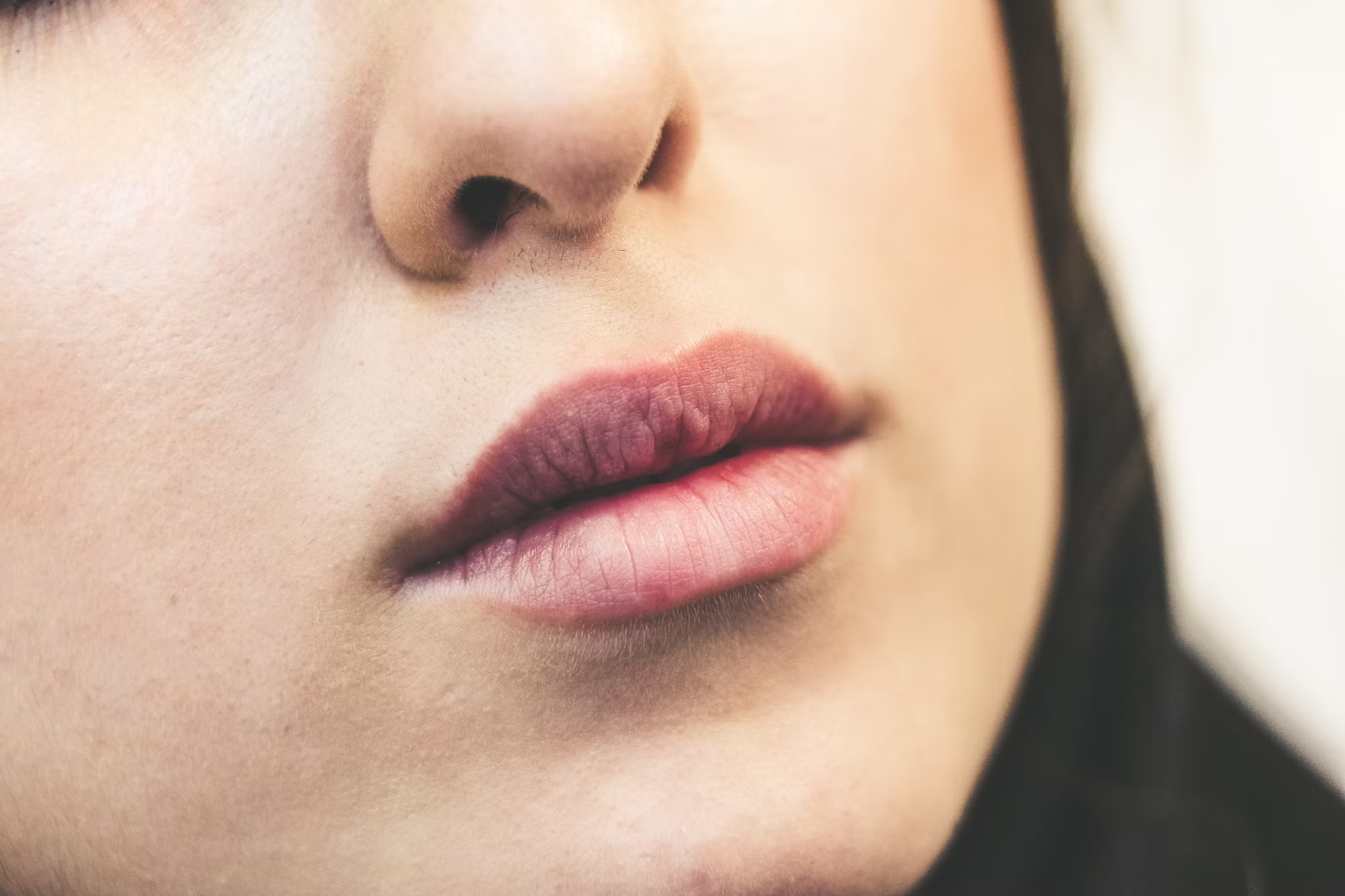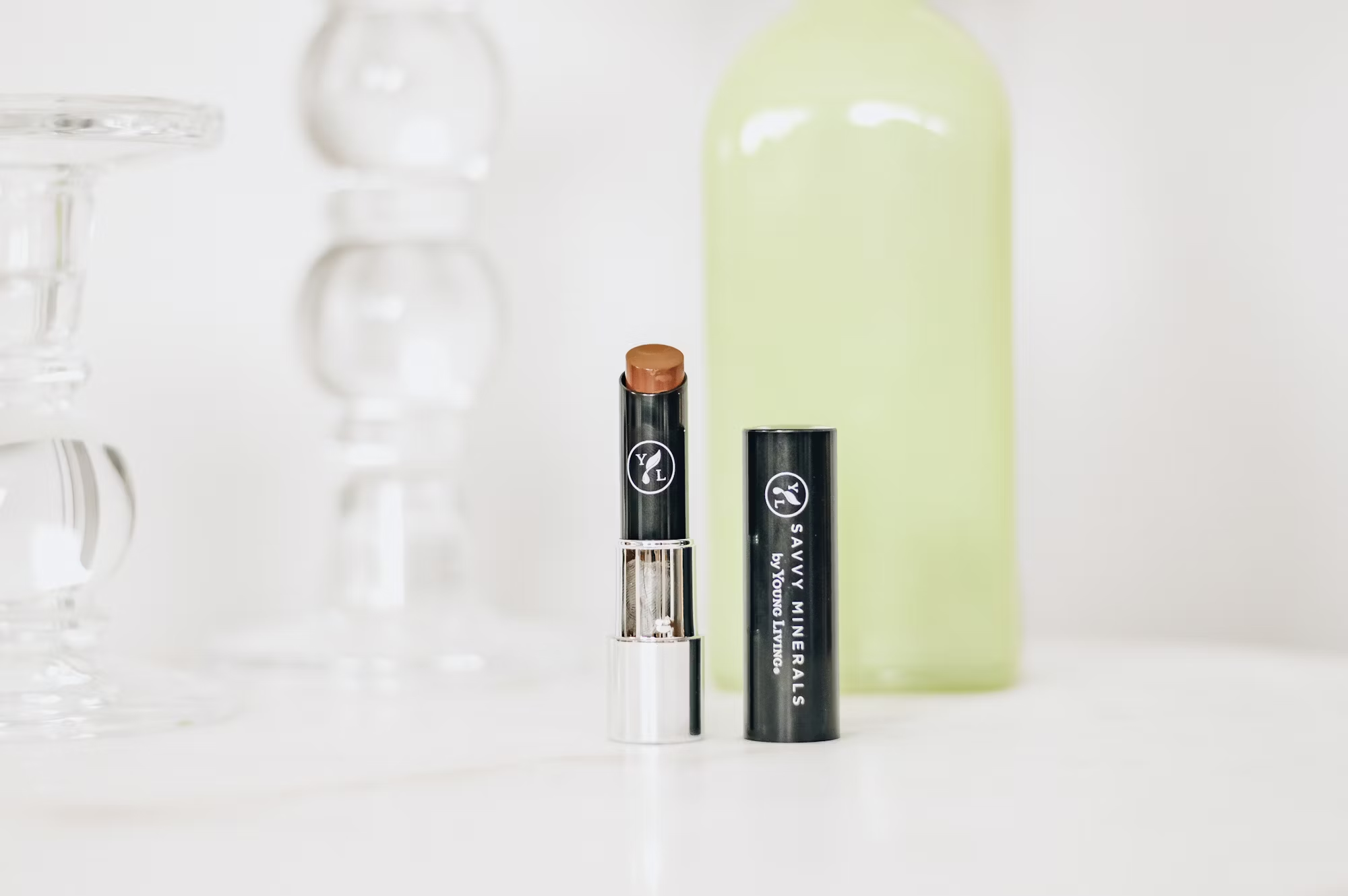Achieving flawless skin is a goal many strive for, and while it may seem elusive, it is entirely attainable with the right knowledge and practices. In this comprehensive guide, we will explore the steps necessary for a successful skincare routine, discuss key products, and provide tips to help you achieve radiant skin that glows with health. Whether you have dry, oily, or combination skin, this article will equip you with the tools to transform your skin.
Understanding Your Skin Type
Before diving into a skincare routine, it’s essential to identify your skin type. This understanding will guide your product choices and treatments:
1. Normal Skin: Balanced, neither too oily nor too dry, normal skin often has few imperfections and a smooth texture.
2. Oily Skin: Characterized by excess sebum production, oily skin can lead to a shiny appearance and is prone to acne.
3. Dry Skin: This skin type often feels tight, rough, or flaky and may show signs of irritation or redness.
4. Combination Skin: A mix of oily and dry areas, combination skin typically features an oily T-zone (forehead, nose, and chin) and drier cheeks.
5. Sensitive Skin: Prone to redness, irritation, and allergic reactions, sensitive skin requires gentle products.
Building Your Skincare Routine
A solid skincare routine consists of several key steps, each designed to address specific skin needs. Here’s a breakdown of an effective routine:
1. Cleansing
Cleansing is the foundation of any skincare routine. A good cleanser removes dirt, oil, and makeup, preparing your skin for subsequent products. Choose a cleanser suited to your skin type:
– For oily skin, consider a foaming or gel-based cleanser that helps control excess oil.
– Dry skin benefits from cream or hydrating cleansers that maintain moisture levels.
– Sensitive skin should opt for fragrance-free, gentle cleansers to avoid irritation.
How to Cleanse: Use lukewarm water to wet your face. Apply a small amount of cleanser, massaging it into your skin in circular motions. Rinse thoroughly and pat dry with a clean towel.
2. Exfoliating
Exfoliation is essential for removing dead skin cells and promoting cell turnover. However, it should not be done daily; 1-2 times a week is ideal. Choose between physical exfoliants (scrubs) and chemical exfoliants (AHAs and BHAs).
– Physical Exfoliants: Use gentle scrubs that contain natural ingredients like sugar or coffee grounds.
– Chemical Exfoliants: AHAs (like glycolic acid) and BHAs (like salicylic acid) dissolve dead skin cells and help clear pores.
How to Exfoliate: Apply the exfoliant on clean, damp skin, avoiding sensitive areas like the eyes. Rinse thoroughly and follow up with a moisturizer.
3. Toning
Toners help balance your skin’s pH levels and can provide additional hydration. They prepare your skin for better absorption of other products. Look for alcohol-free toners with soothing ingredients like rosewater or witch hazel.
How to Tone: After cleansing, apply toner to a cotton pad and gently swipe it across your face, or pat it directly onto your skin with your hands.
4. Treating
This step is where you can address specific skin concerns like acne, dark spots, or fine lines. Serums or spot treatments are effective options:
– For Acne: Use serums containing salicylic acid or tea tree oil.
– For Brightening: Look for vitamin C serums that can help even out skin tone.
– For Anti-Aging: Retinol-based products are great for reducing the appearance of fine lines.
How to Apply Treatments: Apply a small amount of the product to targeted areas or all over your face, depending on the treatment.
5. Moisturizing
Moisturizers help hydrate the skin and lock in moisture. Choose a moisturizer based on your skin type:
– Oily Skin: Lightweight, oil-free moisturizers or gel formulas are best.
– Dry Skin: Creamy, hydrating moisturizers containing ingredients like hyaluronic acid or shea butter are ideal.
– Combination Skin: Use a balance of lightweight and hydrating products.
How to Moisturize: Apply the moisturizer evenly over your face and neck, using upward motions to promote absorption.
6. Sun Protection
Sun protection is crucial in any skincare routine. UV rays can cause premature aging and skin damage. Always apply sunscreen with at least SPF 30, even on cloudy days or indoors if near windows.
How to Apply Sunscreen: Apply generously to all exposed skin, and reapply every two hours if you’re outdoors.
Nighttime Routine
Your nighttime routine is an opportunity to focus on repair and rejuvenation. It may include:
– Cleansing: Remove makeup and impurities from the day.
– Exfoliating: 1-2 times a week, as discussed earlier.
– Toning: Same as the morning routine.
– Treating: Consider using stronger treatments or overnight masks.
– Moisturizing: Night creams can provide extra hydration while you sleep.
Additional Tips for Flawless Skin
To further enhance your skin’s appearance, consider these additional tips:
1. Stay Hydrated: Drinking plenty of water helps maintain skin hydration from the inside out.
2. Eat a Balanced Diet: Consuming a diet rich in fruits, vegetables, and healthy fats can promote healthier skin.
3. Get Enough Sleep: Quality sleep allows your skin to repair and regenerate, leading to a fresher appearance.
4. Manage Stress: Stress can affect skin health, leading to breakouts and dullness. Incorporate relaxation techniques like yoga or meditation into your routine.
5. Avoid Touching Your Face: Reducing the frequency of touching your face can minimize the transfer of dirt and bacteria, helping prevent breakouts.
Conclusion
Achieving flawless skin is a journey that requires dedication and the right approach. By understanding your skin type, following a tailored skincare routine, and incorporating essential products, you can enhance your skin’s natural radiance. Remember that consistency is key, and results will improve over time. Embrace your unique beauty and enjoy the process of caring for your skin, as it is an essential part of self-care and well-being.





